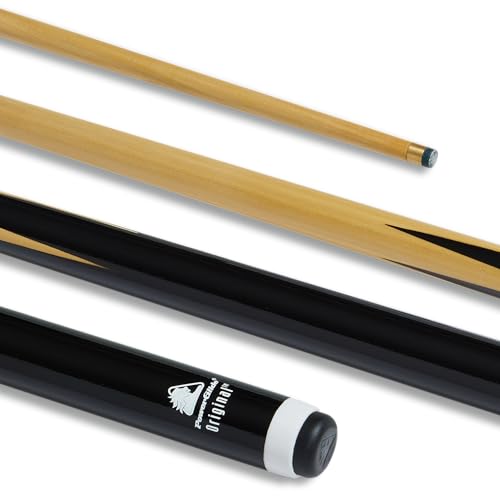The Basics of Cue Shafts
A cue shaft, also referred to as a pool cue shaft or billiards cue, is an essential component to playing pool or billiards. The shaft is the long, narrow stick that connects to the butt of the cue and is used to strike the cue ball. The type of cue shaft used can greatly affect a player’s shot, as different materials and constructions will have varying levels of stiffness, flex, and spin capability.
Types of Cue Shaft Materials
There are several materials commonly used in the construction of cue shafts. One of the most popular is maple, which is known for its durability and ability to provide a consistent hit. Other materials include ash, which provides a medium stiffness and is excellent for absorbing shocks and vibrations, and carbon fiber, which is lightweight and offers a high level of stiffness and spin capability.
The Role of the Taper
The taper of a cue shaft is the gradual decrease in diameter from the base to the tip. This shape affects the cue’s flexibility and how much spin can be put on the ball. Generally, a longer and thinner taper will provide a more consistent hit, while a shorter and thicker taper will offer more power and control. However, the best taper for a player will depend on their individual playing style and preferences.
Low Deflection Shafts
Low deflection shafts, also known as LD shafts, have become increasingly popular among serious players in recent years. These shafts are designed to reduce the amount of cue ball deflection, which can greatly improve a player’s accuracy on shots with spin. Low deflection shafts can be made with a variety of materials, but often feature carbon fiber or other composite materials for their stiffness.
Shaft Maintenance
To keep a cue shaft in top condition, it is important to regularly clean and maintain it. This can include wiping it down with a soft cloth after each use, using special shaft cleaners to remove dirt and oil buildup, and occasionally reshaping the tip. It is also important to store the cue properly, avoiding extreme temperatures or moisture that could damage the shaft. By properly caring for the cue shaft, it can provide years of reliable use and help a player take their game to the next level.






